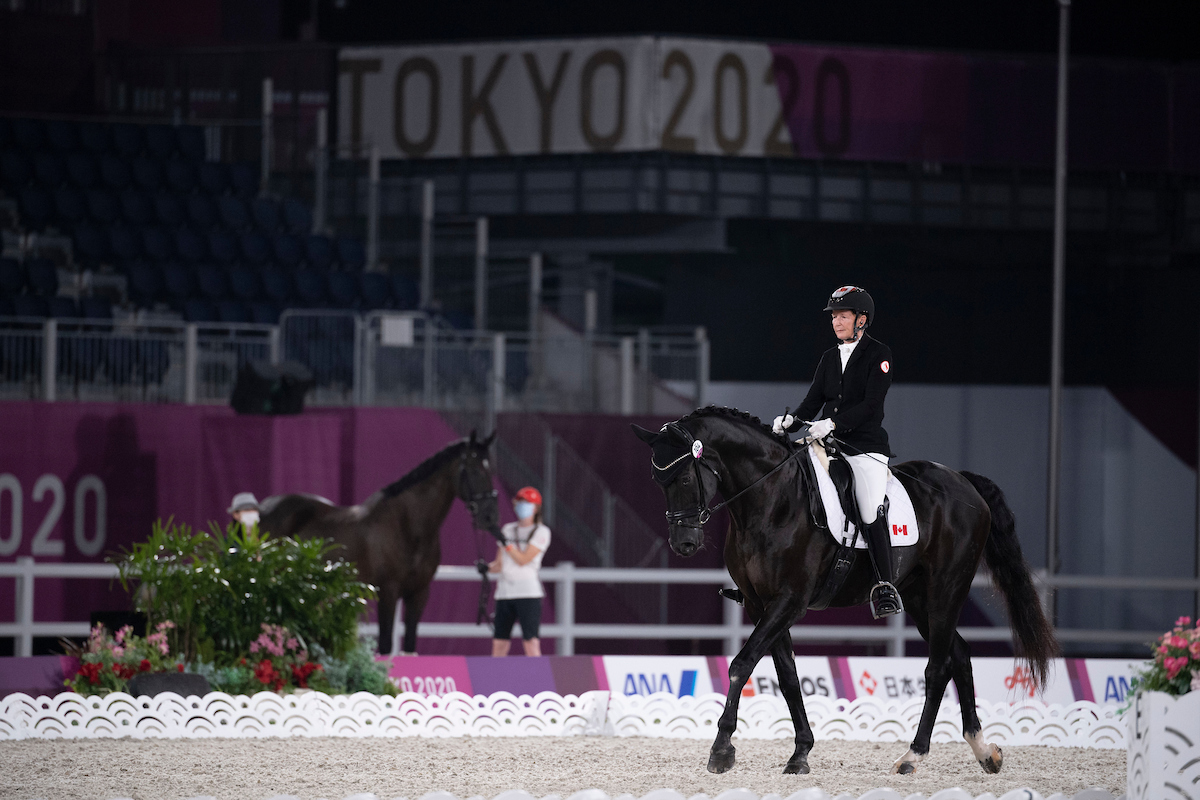
Para equestrian
Summer Sports
In Para equestrian, riders compete in 11 dressage events. There are five disability categories for both the individual championship test and individual freestyle test and there is one team test. Competition is mixed gender and open to athletes with visual and physical disabilities.
Many Para equestrian athletes also compete alongside able-bodied riders in competitions. At the grassroots level, Para equestrian encompasses a number of different disciplines, while the international stream focuses only on dressage.
Riders are judged on their ability to perform various patterns, which include changes in pace and direction. Team medals are awarded to countries based on the combined scores of the team and individual tests of their designated team riders.
Canadian riders earned an individual gold and silver medal at the 2008 Paralympic Games, as well as two individual bronze medals at the 2004 Paralympic Games.
The Federation Equestre International (FEI) has been the governing body for para-equestrian sport since 2006, while Equestrian Canada is the national sport organization responsible for para-equestrian sport in Canada.
For a full list of historical results, visit the International Paralympic Committee website.
There are five grades of competitions in para-equestrian, with Grade IA representing the more severely impaired riders, and Grade IV representing the least impaired riders.
During the classification process, riders may receive approval to use specific “compensating aids,” which are used to compensate for the physical or sensory limitation resulting from their impairment, thereby enabling them to effectively ride a horse. A compensating aid is not to be used for lack of riding skill or as an aid to enhance the horse’s performance, but would be considered a training aid. The horse’s well-being is paramount in considering the use of any compensating aid.
Grade IV – Riders usually have an impairment in one or two limbs or have a visual impairment.
Grade III – Often riders are able to walk without support. They may have minimal use of their limbs or loss of sight.
Grade II – Most riders are wheelchair users or have little locomotive ability with some limb function. Others have severe unilateral impairment. The rider and horse perform a walk and trot level test excluding canter.
Grade Ib – Riders are mainly wheelchair users with poor trunk balance and/or impairment of function in all four limbs, or no trunk balance and good upper limb function, or moderate trunk balance with severe impairment of all four limbs.
Grade Ia – Riders are mainly wheelchair users with impairment of all four limbs who may be able to walk with an unsteady gait, but trunk and balance are severely impaired.
"*" indicates required fields